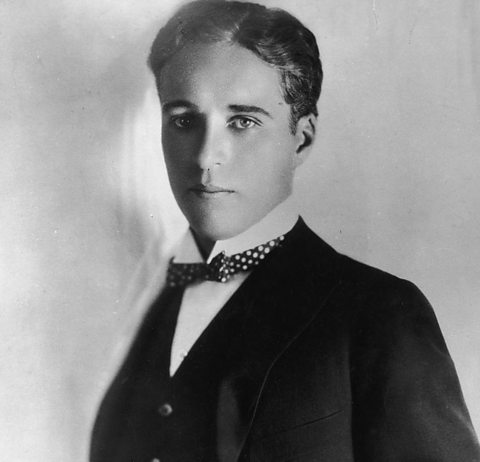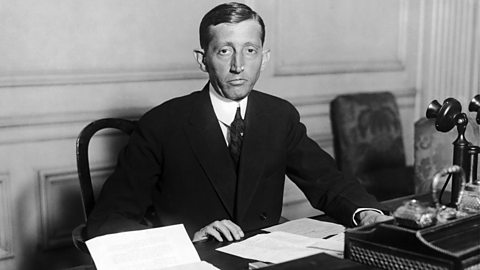Popular entertainment
The cinema influenced people in a number of ways - both in terms of fashion and the way in which people behaved. Every small town had a cinema. Many Americans would go several times a week as it was very cheap way of escaping from the world's problems. The cinemas were luxurious and pleasant places in which Americans could socialise, and they could get to them easily in their cars. During the early 1920s, every movie was silent. Cinemas used to employ musicians to play the piano or electric organ during the films.

The stars also contributed to the increase in the popularity of the cinema. Rudolph Valentino was a very popular actor and his role in The Sheikh (1921) made him a sex symbol. Charlie Chaplin was a very influential figure and a famous actor, starring in silent films such as The Tramp (1915) and The Kid (1921). Clara Bow, the original 'It Girl', played the part of a flapperThe term used to describe a liberated, young, fashionable woman in 1920s America whose behaviour would have been considered unconventional. in a number of films, and influenced some young girls to behave in the same way. She was the most popular actress in 1928 and 1929.

110 million Americans went to the cinema every week by 1929 partly due to the development of audio films - known as talkies - with Al Jolson starring in The Jazz Singer (1927). In 1929 The Oscars were established to honour film stars. But not every American was happy with the new cinemas. The Hays Code was drawn up in 1930 where scenes of nudity and dancing of a sexual nature were prohibited. Some people, especially religious people, were very concerned about a lack of morals and the influence of the films on young people.
Jazz originated in the southern states of the USA in the early 1900s. It was a mix of brass band marches, ragtime, blues and gospel. Louis Armstrong and Bessie Smith became famous. Some young people disliked their parents' old dances, eg the waltz. Jazz was much more rhythmic and lively, and it was easy to dance to. This led to some young people smoking, drinking and, according to some, behaving indecently. Dances such as the Charleston and the Black Bottom became very popular. Jazz had been prohibited in a number of cities, including New York. The performances moved to the speakeasies, making the young people even more determined to rebel.